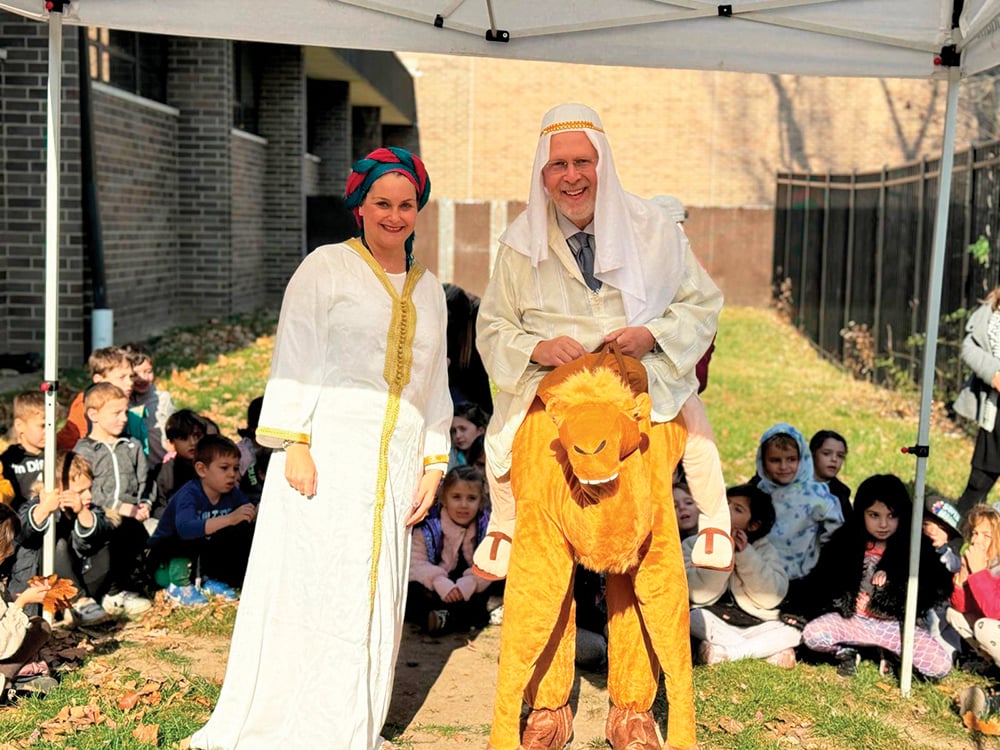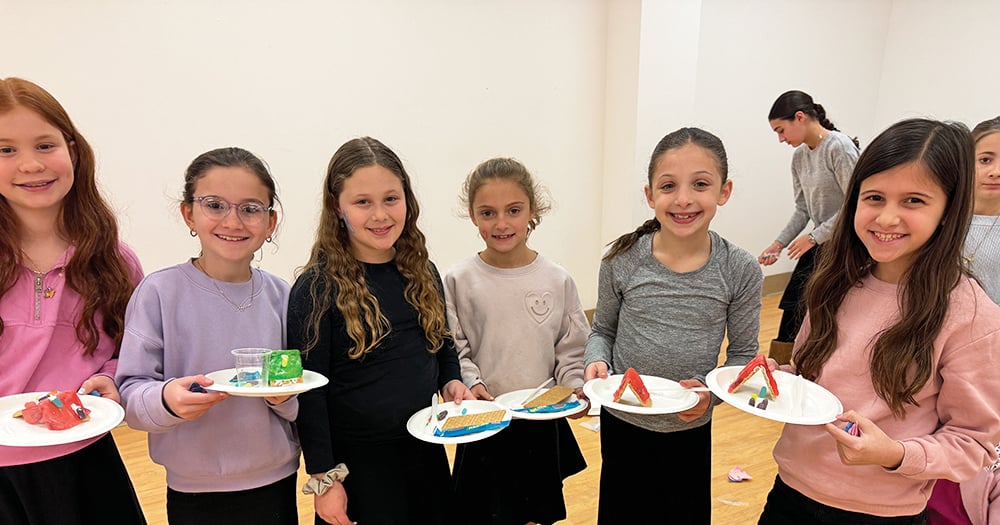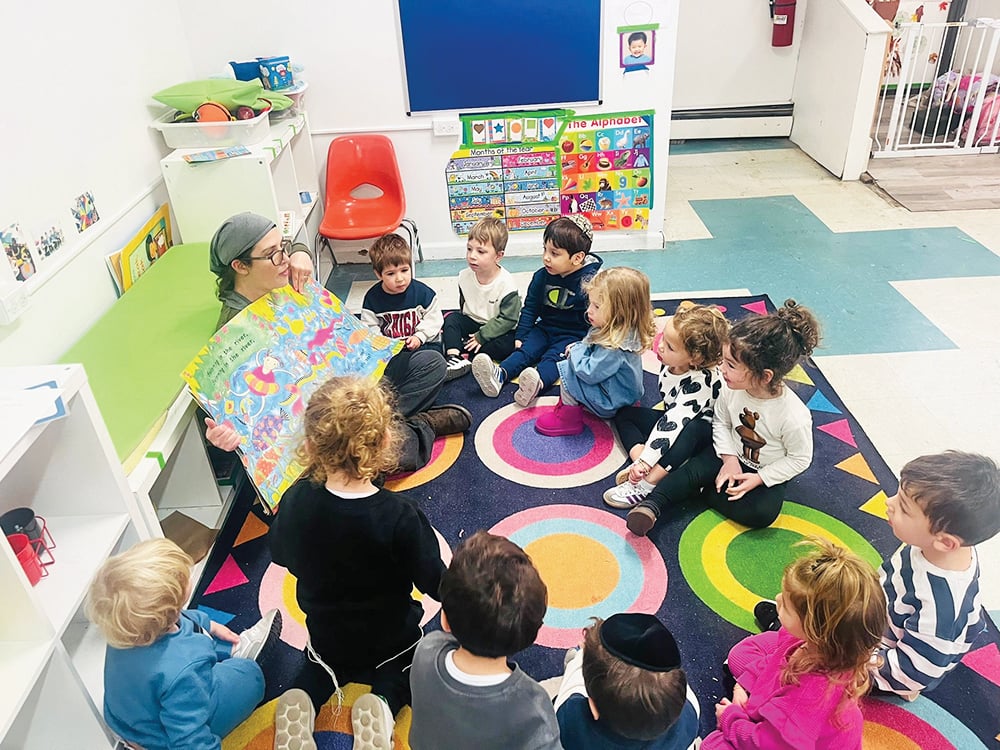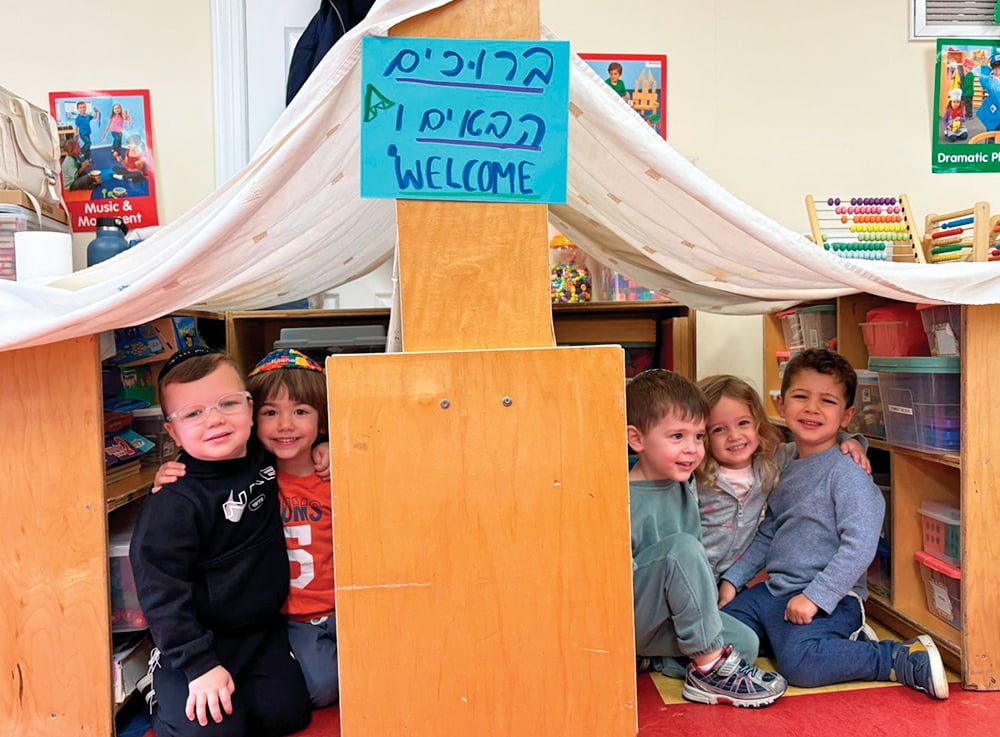The Delayed Ultimatum
Moshe is on the way back to Mitzrayim to demand that Pharaoh free the Jewish people. Suddenly Hashem adds an ultimatum to his mission. He informs Moshe that Pharaoh will refuse to free the Jews and that, in response, Moshe is to threaten Pharaoh and Mitzrayim with the death of all of their firstborn—Makat Bechorot. The Jews are Hashem’s firstborn children. If Pharaoh and Mitzrayim refuse to free them, the penalty will be the death of their own (Shemot 4: 22-23).
Though Moshe is told about the bechorot ultimatum before his return to Mitzrayim, he issues it only after nine other plagues1. If Hashem intended for Moshe to issue the ultimatum only after the nine plagues, why did He tell Moshe about it at the beginning of the story as if it needed to be issued right away?
Waiting for Jewish Readiness
I believe that Makat Bechorot was meant to occur at the very beginning. It was only Bnei Yisrael’s lack of faith that required nine plagues to precede it.
To best appreciate this point, we return to the beginning of the story. At the burning bush Hashem gives Moshe a dual directive by sending him to both Pharaoh and to Bnei Yisrael. He is to ask Pharaoh for Jewish emancipation (3:9-10) and the Jews to stand with him in a show of faith (3:14-22). To merit redemption, the Jewish people need to show faith in Hashem and identify themselves as His “firstborn” nation.
Though initially the Jews rise to the occasion and show faith (4:31), when Pharaoh rejects Moshe’s request and intensifies their slavery, the people lose hope and express their frustration to Moshe (5:21) who then complains to Hashem (5:22-23). The exodus is at an impasse: Hashem wants to free the Jewish people and can use Makat Bechorot to do so, but the Jewish people are not yet ready to show the required faith.
Parshat Va’era begins with Hashem’s attempt to re-inspire the Jewish people through the five leshonot of geulah. Unfortunately, the Jews are too pressurized by their slavery and unable to rise to the occasion (6:9). At this point the exodus detours through the nine plagues2. Their stated goal is to convince the Egyptians of Hashem’s hegemony, but their ultimate intention was to inspire the Jews who live amongst the Egyptians3.
Finally, after nine plagues the Jews are ready, and it is therefore the time for Makat Bechorot. Before the plague can occur and (in order for it to) identify the Jews as Hashem’s first born (by distinguishing them from those who will be killed), the Jews have to identify themselves by sacrificing the Korban Pesach and marking their doorposts with its blood. Hashem, of course, knows which homes are Jewish and needs no sign; it is the Jews who need to self-identify4.
Leil Shimurim
Though the actual exodus occurred in the morning, the geulah began the night before5 with Makat Bechorot identifying the distinction rooted in the Jewish people’s faith-based declaration.
This is why we have our Pesach Seder at night and not during the day. We are meant to commemorate not only the exodus, but also Makat Bechorot, and not only what Hashem did for us, but also what we had to do to merit it6.
The Torah (12:42) calls the night when this all occurred—both that year and in future years7—“leil shimurim (a night of watching)” for both Hashem and the Jewish people. Rashi (ibid) explains that the “shemirah” refers to Hashem’s waiting and looking forward to the moment He could redeem the Jewish people. The Ramban (ibid) explains that Hashem was waiting for the time that the Jewish people would be worthy of redemption by sacrificing the korban Pesach8.
The word “shemira” literally means to watch and protect and refers to Hashem’s protection of Jewish homes during Makat Bechorot (12:23). The Jewish people’s shemirah of the mitzvah of korban Pesach merited them Hashem’s shemirah during Makat Bechorot9.
These shemirah elements continue till this day. The Ibn Ezra explains that we are shomer the mitzvah of korban Pesach in future generations to show our appreciation of Hashem’s shemirah on that original night in Mitzrayim. The Gemara in Pesachim10 teaches that Hashem continues being shomer us on the night of 14 Nisan for all generations.
Additionally, the Seforno explains that just as Hashem waited and longed for the moment when the Jews would deserve geulah from Mitzrayim, He waits for the time that we are ready for the final geulah as well. The Rema11 adds that we open the door when we recite Shfoch Chamatcha at the Seder to show our faith in Hashem’s shemirah of us and that this merit will indeed bring our own geulah.
To summarize these multiple meanings and stages of shemirah: Hashem waited for the time the Jews in Mitzrayim were ready to be shomer the mitzvah of korban Pesach so He could be shomer them during Makat Bechorot. Today we show our appreciation of Hashem’s shemirah of us in Mitzrayim by being shomer the korban Pesach, which merits Hashem’s continued shemirah and the ultimate geulah Hashem waits for us to be ready for.
May we be shomer the mitzvot of Pesach in a way that merits us the shemirah of the ultimate geulah!
Rabbi Reuven Taragin is the dean of overseas students at Yeshivat HaKotel.
1 Moshe’s familiarity with the concept of Makat Berachot from Parshat Shemot explains how he knew to predict it in Parshat Bo (11:4-5) even though God did not specify when He told Moshe about bringing “one more/last plague” (ibid 1). See Ibn Ezra (ibid) who makes the connection.
2 This explains why Perek Vav reintroduces Moshe and Aharon (6:14- 27). It is introducing a new “version” of the story.
3 See Rashi 7:3. This explains why Hashem had to harden Pharaoh’s heart so that he would continue to resist wanting to free the Jewish people. Pharaoh may have been convinced, but the Jews were not yet ready.
4 See Mechilta (Bo 6) which emphasizes that the sign was on the inside of the door because it was aimed at the Jews living in the home.
5 See Brachot 4b.
6 See Shemot Perek 13, which focuses our commemoration of yetziat Mitzrayim on Makat Bechorot and on korban Pesach, which merited our redemption (See Machzor Vitri on the Haggadah D”H Ba’avur).
7 The second time the pasuk mentions the phrase emphasizes this added component.
8 Though the Ramban does not mention the korban Pesach explicitly, his language is taken from the Mechilta, which does.
9 This explains the significance of Rabbi Elazar Ben Azarya’s opinion (Brachot 9a) that the korban Pesach needed to be eaten before chatzot—the time when Makat Bechorot occurred. The Avnei Nezer sharpens the connection by explaining that the korban Pesach should ideally be eaten at chatzot.
10 109b (See also Rashi Shemot 12:42). See also Meiri (Pesachim 109b), who explains that we, therefore, omit birkat mei’ein sheva on Friday night that falls on the Seder night, and the Rema (O”C 481), who explains that we therefore omit Kriyat Shema al Hamita on the Seder night.
11 OC 480.













